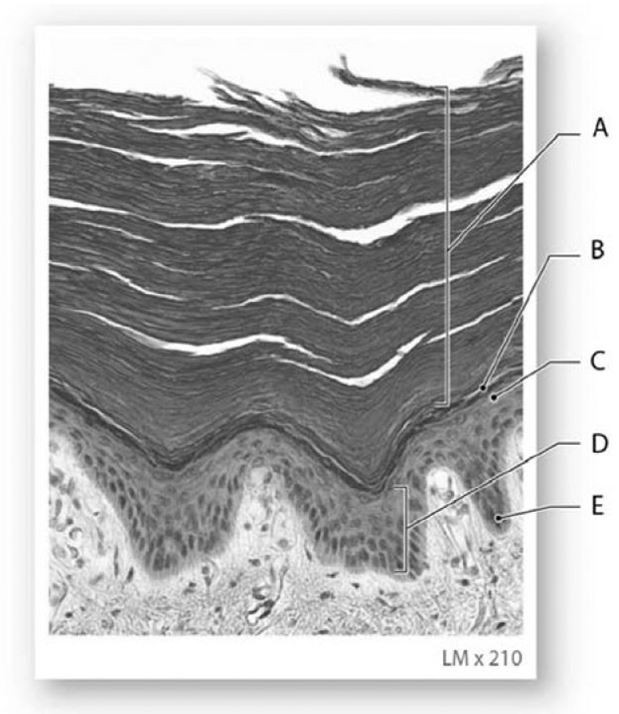Explain why eating a salty meal causes mild tissue edema. In your answer, include information about the hydrostatic and osmotic forces that act on the capillaries and explain how these forces change after a salty meal compared to before.
What will be an ideal response?
Answer: Salt is also known as NaCl that is Sodium chloride so salt is composed of these 2 atoms. Sodium helps to regulate water balance of the body by means of water retention or by dehydration. High quantities of sodium consumption can lead to an electrolyte imbalance along with water retention in the cells located in the tissue of extremities or in your circulatory system that leads to increased pressure in the blood vessels of the body known as high blood pressure or hypertension which causes edema.
Edema, known as water retention, occurs when consumption of large amounts of sodium occurs relative to water intake due of osmosis. As we know water molecules moves from lower concentration of solute to the higher concentration of solute or higher concentration of water to the lower concentration of water to balance the concentration of solution between the 2 regions. So due to high intake of salt the concentration of sodium increases in the blood which causes higher osmotic pressure in the blood that leads to drawing of more water to make the sodium more diluted by water retention and to balance both the region of high and low sodium concentration.
You might also like to view...
The layer marked A is the

A) stratum basale.
B) stratum corneum.
C) stratum lucidum.
D) stratum spinosum.
E) stratus germinativum.
Answer the following statements true (T) or false (F)
1. The pinkish hue of individuals with fair skin is the result of the crimson color of oxygenated hemoglobin (contained in red blood cells) circulating in the dermal capillaries and reflecting through the epidermis. 2. Hair growth and density are influenced by hormones, nutrition, and, in some cases, lifestyle. 3. When a patient is said to have "third-degree burns," this indicates that the patient has burns that cover approximately one-third of the body. 4. Sweat glands continuously produce small amounts of sweat, even in cooler temperatures. 5. The shock-absorbing pads between the vertebrae are formed of fibrocartilage.
_________ do(es) not directly enter the blood after being absorbed from the digestive tract?
a. Glucose b. Monoglycerides and free fatty acids c. Amino acids d. Alcohol e. Vitamin B12
Interferon
A. increases the activity of macrophages. B. impedes viral reproduction. C. makes the capillary more permeable. D. All apply.